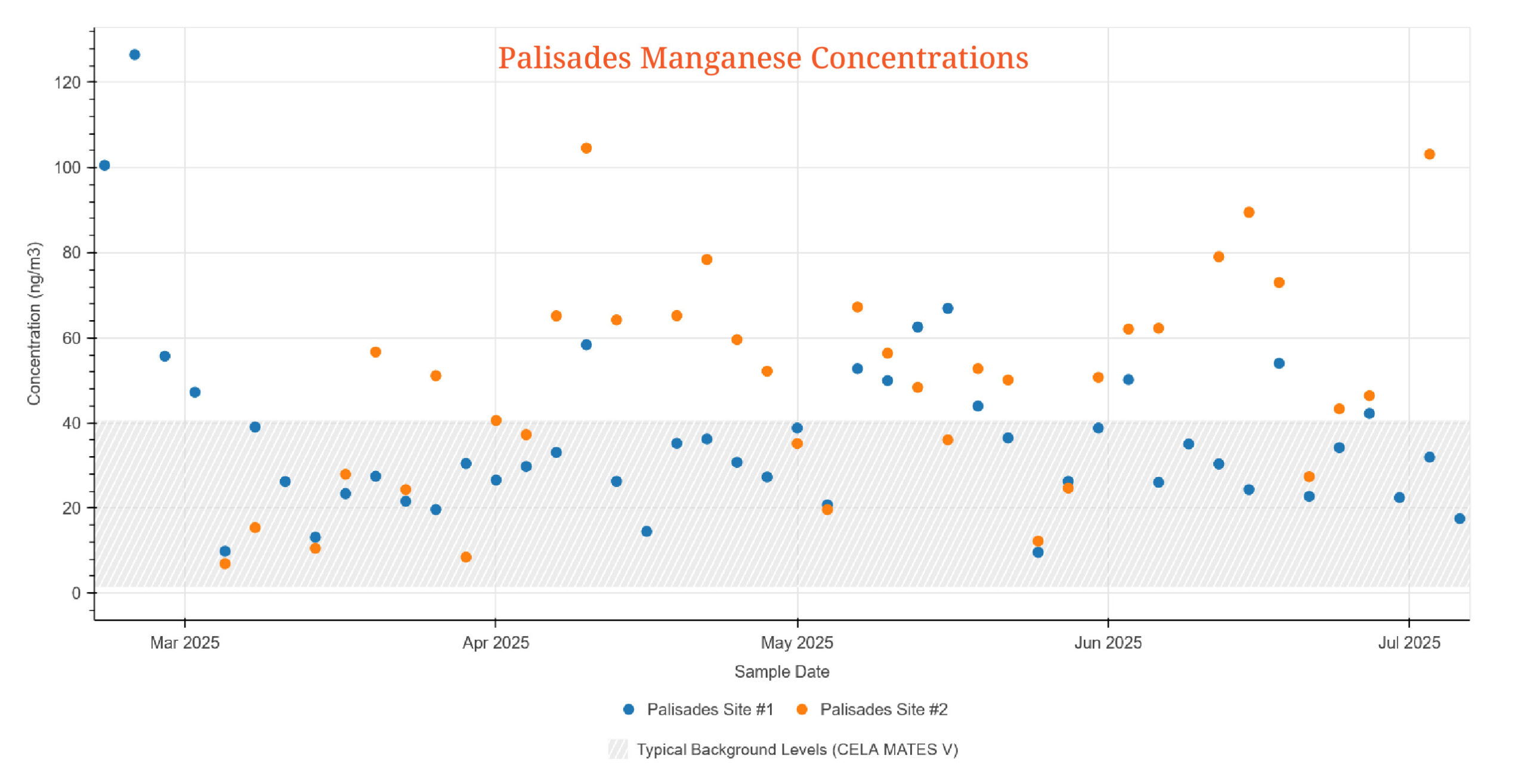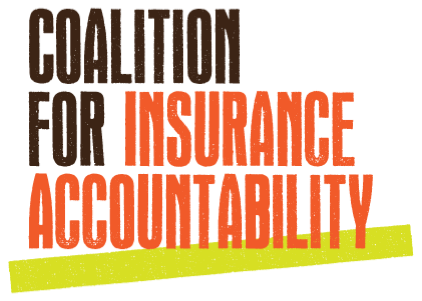Insurance Accountability
For All of Us
The insurance industry is quietly walking away from the very promise it was built on: PROTECTING FAMILIES IN TIMES OF CRISIS.
JOIN THE FIGHT
About the Coalition for Insurance Accountability
In the aftermath of the Los Angeles wildfires, major home insurers have systematically denied coverage for invisible but devastating damages – threatening public health, destabilizing families, and eroding trust in the system. Just as we saw after 9/11, when government assurances of “safe” air in lower Manhattan were tragically disproven by years of illness and suffering, wildfire survivors today are being abandoned to similar long-term toxic exposures. The Coalition for Insurance Accountability is exposing this pattern of neglect, giving voice to affected families, and raising awareness for policy makers, sell-side covering analysts, active and activist investors, and the media to hold insurance companies accountable to their policy holders and for their contractual obligations. Insurers are posting record profits and shielding shareholders at the expense of those they promised to serve. That disconnect is morally indefensible and financially reckless.
Our strategy is simple: Bringing attention to these practices in order to compel change
Long after the flames died down, toxic smoke, ultra-fine particles, and the residue of heavy metals linger inside homes from the impacted areas, as well as homes miles away from the burn zone. Yet insurers are refusing to cover basic steps like environmental testing, cleanup, or temporary housing – because the damage isn’t “visible.”
But what may not be visible is still highly dangerous. Environmental testing has identified alarming levels of toxic contaminants inside otherwise “intact” homes, making them unfit for habitation. With the increasing danger and frequency of urban wildfires, what’s happening in Los Angeles is a warning to every natural disaster and wildfire-prone community in the country: your home could be unsafe, and your insurer may refuse to help.
This isn’t a fluke – it’s an industry-wide playbook: deny legitimate claims, stall until families give up, and disregard clear medical and environmental evidence. These aren’t one-off failures – they’re deliberate, bottom-line-driven choices. Meanwhile, families are left to shoulder the costs, spending tens of thousands of dollars out-of-pocket while their children continue to sleep in contaminated, toxic homes.
The Data
The Los Angeles wildfires revealed a disturbing pattern: families with intact homes are being denied coverage for toxic smoke damage – despite clear environmental evidence and medical concern. What insurers are calling “non-covered” is, in reality, unlivable. These intact homes are showing instances of toxic materials, including formaldehyde, cyanide and lead in plaster and embedded in the fabric of furniture and clothing. The air throughout these homes can contain carcinogens, like acetaldehyde.
The elevated levels of manganese are among the most concerning. A recent report from the South Coast Air Quality Management District following the Palisades fires shows high levels of manganese in multiple sites. By comparison, the U.S. Environmental Agency (EPA) recommends a reference concentration for chronic inhalation exposure of just 50 nanogram per cubic meter— highlighting the potential health risks posed by levels far exceeding this benchmark in smoke-impacted communities.
Manganese toxicity can affect the nervous system, causing Parkinson’s disease-like symptoms, such as difficulty walking, muscle stiffness and tremors. Additionally, it can lead to adverse effects in the reproductive system and kidneys, while children face the greatest danger — impaired cognitive development, attention deficits, and lowered IQ.
The refusal to acknowledge such health risks echoes what happened after 9/11, when New Yorkers were told that downtown air was “safe” despite asbestos, lead, and other toxic exposures. Years later, thousands of first responders and residents developed chronic illnesses and cancers tied directly to that exposure. Today, wildfire survivors are being told the same thing: that their homes are safe when the data proves otherwise.

